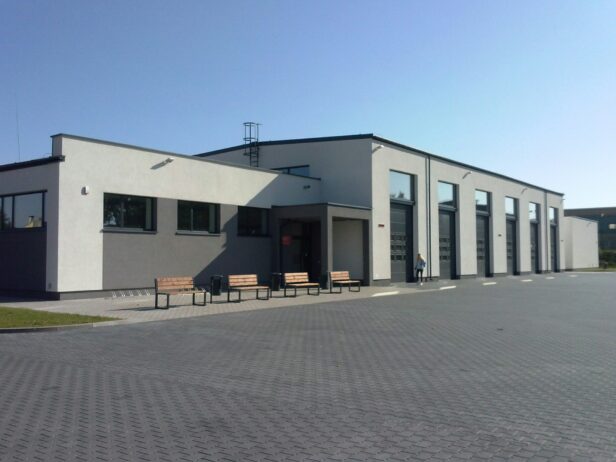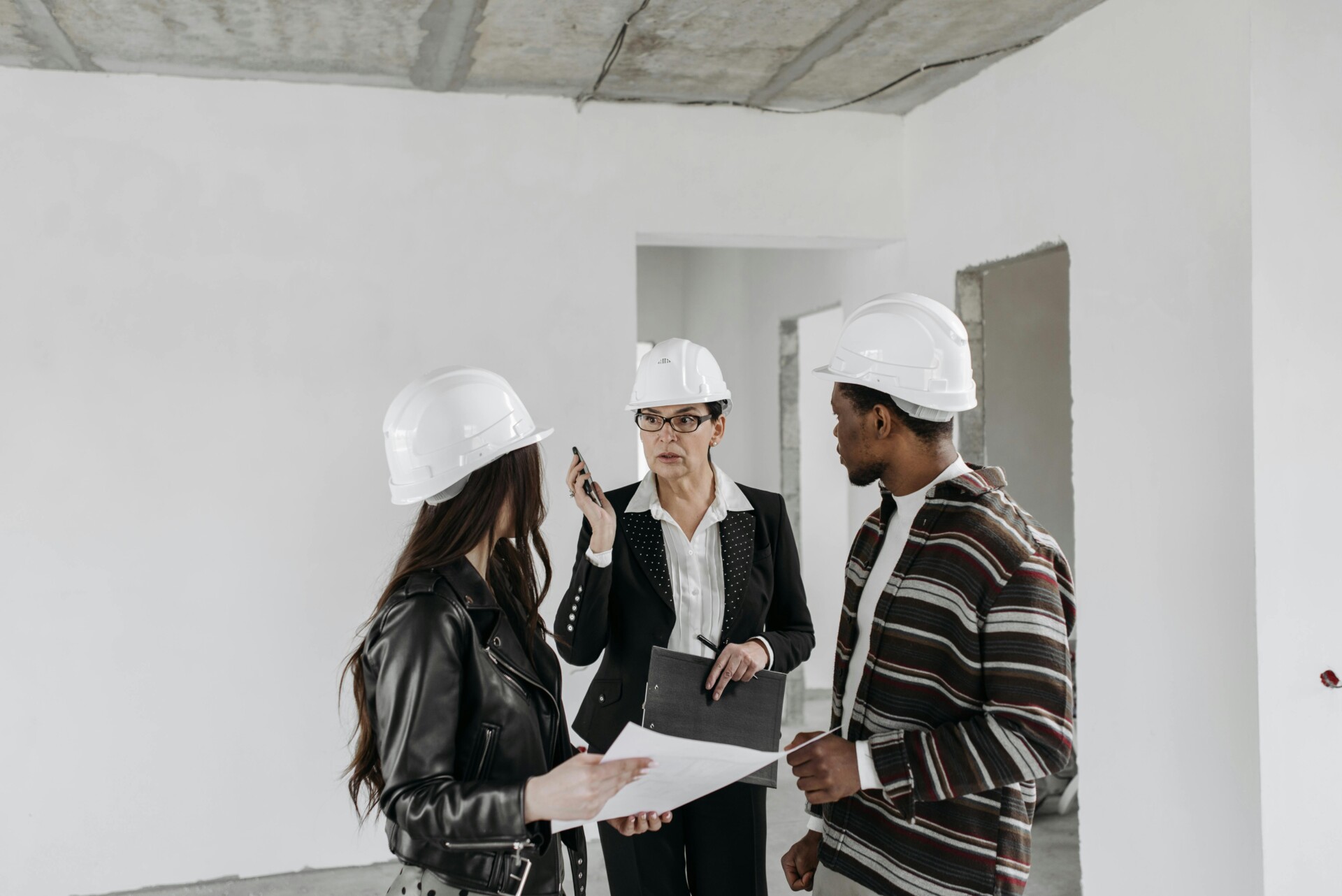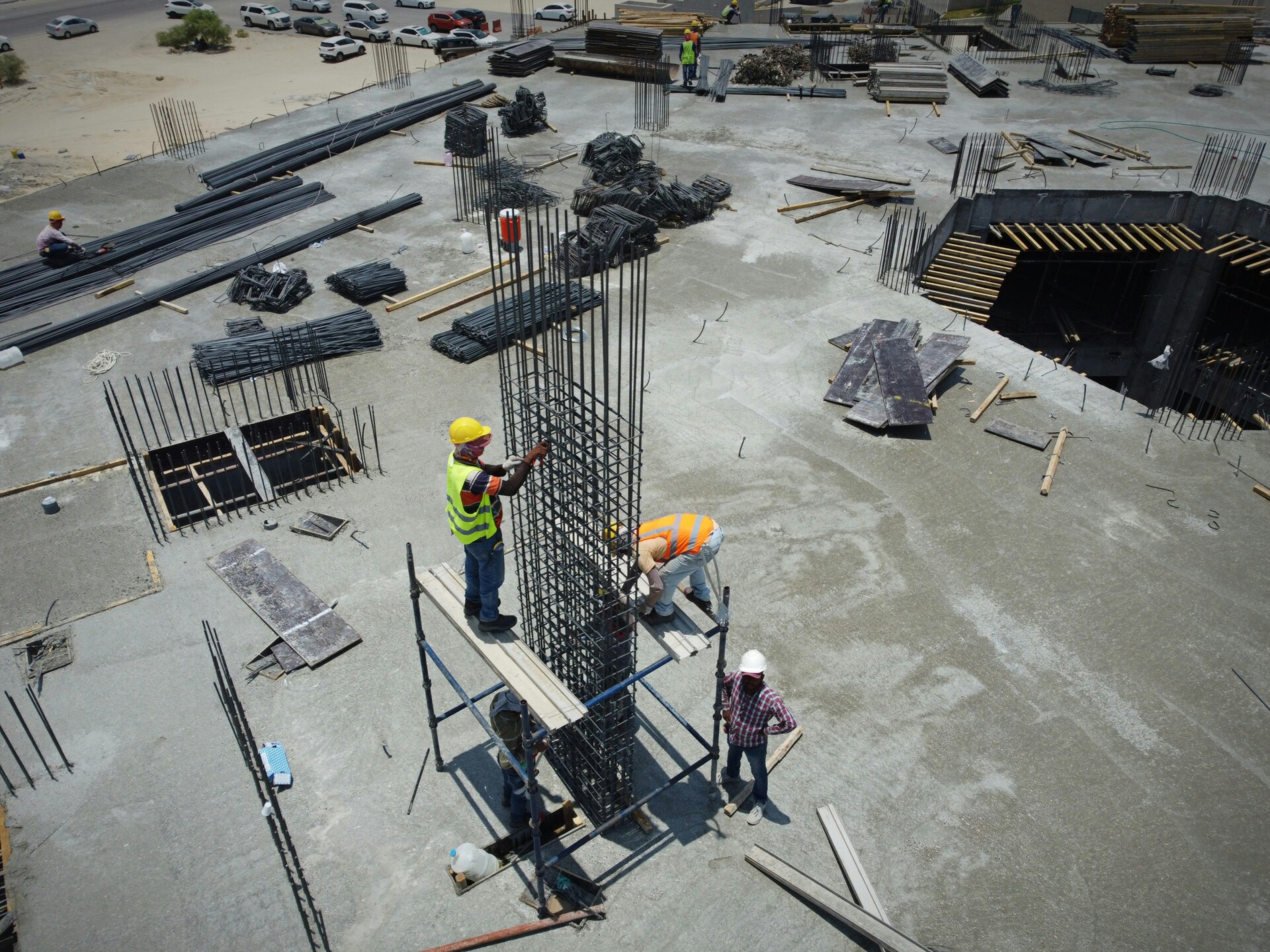Warehouse construction contractors Dallas face increasing demand as businesses require specialized industrial facilities throughout the Dallas–Fort Worth area. Today’s supply chain complexity drives developers and property owners to seek contractors who understand storage optimization, logistics flow, and safety protocols.
We coordinate design-build services for distribution centers, cold storage facilities, data centers, and manufacturing spaces across the DFW metroplex. Our teams manage architects, specialists, and subcontractors while focusing on durable construction, code compliance, and energy-conscious design that supports long-term operational efficiency.
Which Delivery Method And Project Workflow Fit Dallas Warehouse Builds Best?
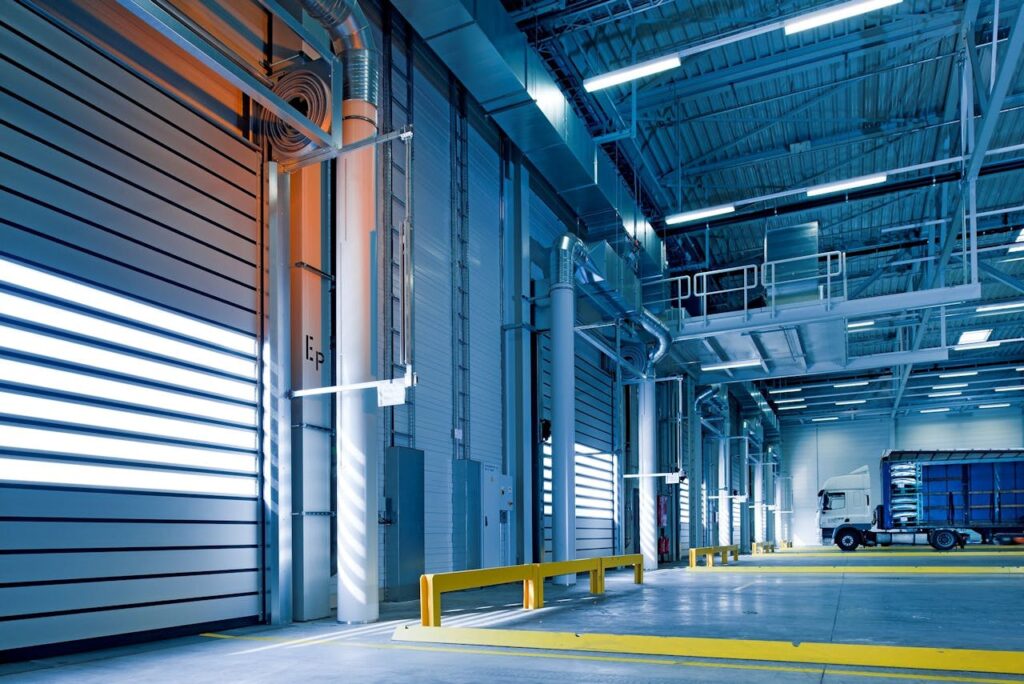
Design-build warehouses have become the preferred approach for Dallas industrial projects. This delivery method combines design and construction under a single point of responsibility, allowing teams to manage schedule, cost, and quality from concept through completion.
We see design-build warehouses offer several advantages over traditional methods. The integrated approach eliminates the gaps that often occur when owners work with separate design and construction teams. Instead of managing multiple contracts and coordinating between different parties, owners work with one entity that handles both phases.
How In-House Design Streamlines The Process
Many contractors provide in-house design services that accelerate project delivery. These teams understand construction methods and can design for buildability from the start. We coordinate architects, engineers, and specialists within our organization to avoid the typical back-and-forth that slows traditional projects.
In-house design also means better budget alignment throughout the process. Design decisions consider construction costs in real-time, reducing the risk of expensive surprises during bidding or construction phases.
Comprehensive Zoning And Permitting Support
Zoning and permitting requirements can make or break warehouse project timelines. Experienced design-build teams handle these regulatory processes as part of their integrated service. We work with local authorities to secure approvals and ensure compliance with Dallas-Fort Worth area requirements.
This support extends to construction documentation that meets all code requirements. Comprehensive documentation sets the build up for smooth inspections and faster occupancy approvals.
Project Management Software And Owner Updates
Modern warehouse projects require sophisticated coordination between multiple trades and systems. Project management software has become essential for tracking progress and maintaining communication. We use these platforms to provide weekly updates, progress photos, and current schedules to owners.
This technology allows owners to monitor their investment from anywhere. Real-time access to project information helps owners make informed decisions quickly when issues arise or changes become necessary.
Preliminary Designs And Budget Confirmation
Some design-build contractors offer preliminary designs at no cost to help owners confirm scope and budget before committing to full construction contracts. These preliminary packages typically include basic layouts, system approaches, and cost estimates that give owners confidence in their investment.
Preliminary designs also help identify potential challenges early in the process. Site constraints, utility requirements, or code issues can be addressed during design development rather than during construction when changes become expensive.
What Design Choices Drive An Efficient Dallas Warehouse?
Selecting the right building components early in the design process determines both immediate construction costs and long-term operational efficiency. We approach each warehouse as a complete system where floor, walls, structure, and mechanical systems work together to support your specific operational needs.
Floor Systems Set The Foundation For Performance
Concrete floor selection varies significantly based on intended use. For standard warehouse operations, we specify reinforced concrete with adequate loading capacity for forklift traffic and racking systems. Cold storage facilities require specialized concrete mixes that resist freeze-thaw cycles and maintain structural integrity at sub-zero temperatures.
Equipment pathways demand careful consideration of joint placement and surface finish. We coordinate concrete specifications with racking layouts to ensure proper load distribution and minimize maintenance requirements. Shrinkage control through proper curing and joint spacing prevents costly floor repairs that can disrupt operations.
Exterior Wall Options Balance Cost And Schedule
Large warehouse facilities benefit from tilt-up concrete panels poured on-site. These uninsulated panels provide excellent structural performance at economical costs while accepting various architectural finishes. We coordinate panel casting with foundation completion to maintain efficient construction sequencing.
Precast panels serve projects with compressed schedules. These factory-manufactured components can be installed before slab completion, allowing parallel construction activities. The controlled manufacturing environment ensures consistent quality and dimensional accuracy, though transportation and crane requirements add complexity to site logistics.
Structural Systems Support Storage And Operations
Steel joists and girders provide the backbone for wide-span warehouse construction. We design these systems to handle substantial roof loads while accommodating HVAC equipment, lighting, and fire protection systems. Column spacing coordinates with racking layouts to maximize storage efficiency without structural interference.
Pre-engineered metal buildings offer flexibility for varied cladding options. These systems accept insulated metal panels, precast concrete, and masonry finishes while maintaining structural integrity. We evaluate each project’s aesthetic requirements against budget constraints to recommend optimal combinations.
Rack-supported structures maximize storage density in high-bay facilities. These systems integrate racking directly with the building structure, supporting automated storage and retrieval systems (AS/RS). We coordinate structural loads with equipment manufacturers to ensure proper integration and performance.
Bay Sizing And Racking Strategy
Rack layout, aisle dimensions, and forklift paths require early coordination with building width and height. We work with operational teams to understand material handling equipment specifications and turning radii. This coordination prevents costly redesigns during construction and ensures optimal workflow patterns.
Storage heights influence both structural design and building systems. Higher storage requires enhanced fire protection systems and specialized material handling equipment. We balance storage density against operational efficiency and safety requirements.
Building Systems Integration
Loading dock selection between mechanical and hydraulic systems depends on operational frequency and load requirements. We coordinate dock placement with truck circulation patterns and interior material flow to optimize efficiency.
Electrical service planning accounts for current operations and future expansion. We design distribution systems that support racking reconfiguration without major rewiring. HVAC systems coordinate with building height, insulation values, and operational heat loads to maintain proper environmental conditions.
Fire protection systems require early integration with structural design. We work with authorities having jurisdiction to ensure code compliance while avoiding conflicts with racking and mechanical systems. This coordination prevents occupancy delays and change orders during final inspections.
Energy-Efficient Design For Long-Term Performance
Sustainability considerations improve both operational costs and building performance. We specify high-efficiency lighting systems with daylight harvesting capabilities. Insulated metal panels and proper air sealing reduce HVAC loads while maintaining interior comfort.
Building orientation and window placement coordinate with operational patterns and energy management goals. We evaluate renewable energy opportunities during design to accommodate future installations without structural modifications.
How Do Site Selection, Permitting, And Scheduling Impact Budget And Delivery?
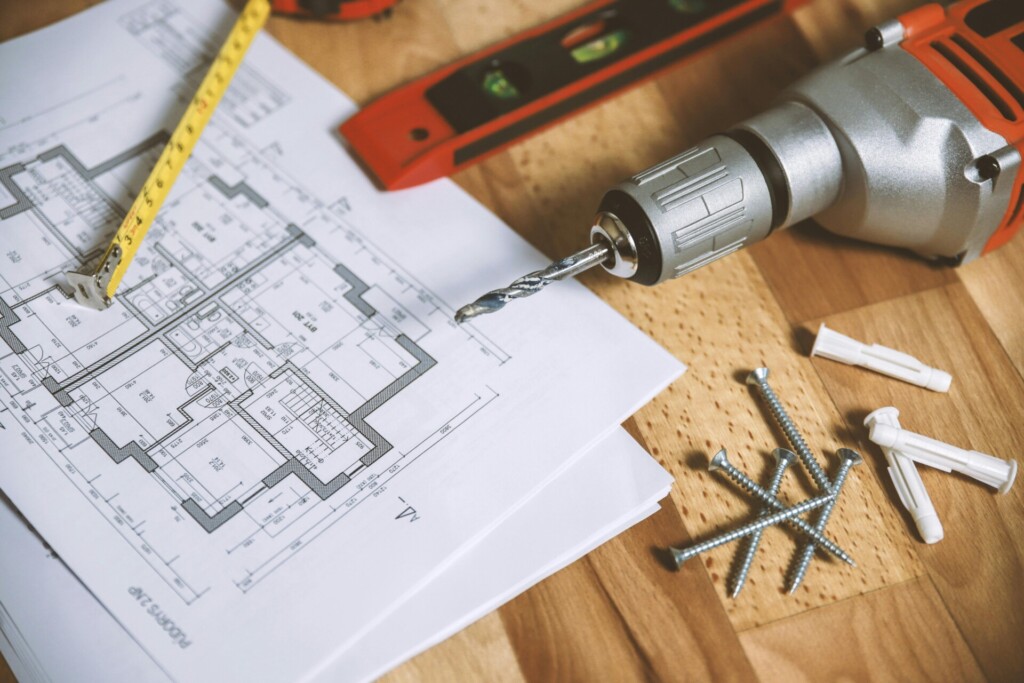
Site planning decisions influence both construction costs and final facility functionality. We consider multiple factors when evaluating potential locations, including accessibility for trucks, employee parking needs, and space allocation for office buildout areas. These early choices affect everything from site preparation costs to operational efficiency once the facility opens.
Site Planning Considerations That Drive Costs
Effective site planning requires coordinating multiple elements that impact construction budgets. Dock aprons need adequate depth for truck maneuvering, typically requiring 120 feet of clear space from the building face. Truck drives must accommodate turning radii for tractor-trailers, often adding significant paving costs to projects with constrained sites.
Parking design affects both employee access and visitor accommodation. We typically plan for one parking space per 1,000 square feet of warehouse space, plus additional spaces for office areas at standard commercial ratios. Drive aisles throughout the site need proper width and grade management to handle daily traffic patterns and emergency vehicle access.
Office space placement within the warehouse footprint requires careful coordination with building systems. These areas need separate HVAC zones, enhanced fire protection systems, and sometimes different structural requirements than the main warehouse areas. Early planning prevents costly modifications during construction.
Managing Zoning And Permitting Challenges
Strong site feasibility analysis helps navigate regulatory requirements before design begins. Zoning compliance varies significantly across Dallas-Fort Worth jurisdictions, with some areas requiring special use permits for industrial facilities. We engage with local planning departments early to understand setback requirements, parking ratios, and any special conditions that could affect the project scope.
Code compliance review during preconstruction prevents redesigns that can extend timelines by months. Fire department access requirements, utility capacity verification, and stormwater management approvals all need coordination. Projects in certain municipalities can face permitting delays of 6 to 12 weeks beyond standard processing times, particularly when environmental reviews are required.
Some DFW locations offer streamlined permitting for industrial projects, while others require extensive documentation and review periods. We factor these regional differences into our schedule planning from the earliest stages of each project.
Timeline Management For Dallas Warehouse Projects
Schedule planning begins with realistic duration estimates for each project phase. Preplanning and design typically require 2 to 6 months, depending on facility complexity and owner decision-making timelines. Projects with specialized systems like automated storage or cold storage require extended design periods to coordinate technical requirements.
Preconstruction activities run parallel to final design work in many cases. Site preparation, utility connections, and material procurement can overlap with design completion when schedules are managed effectively. Overall project durations range from 6 months for smaller pre-engineered buildings to 18 months for complex distribution facilities with extensive site work.
Weather impacts during construction can extend timelines, particularly for earthwork and concrete placement during winter months. We build seasonal considerations into our scheduling, often accelerating indoor work during periods when exterior activities face weather constraints. Timeline management becomes critical when warehouse openings align with peak shipping seasons or lease obligations.
Which Facility Types Do Dallas Warehouse Contractors Commonly Deliver?
Dallas contractors handle diverse industrial projects that serve the region’s logistics demands. Each facility type requires specific construction approaches to meet operational and regulatory standards.
High-Bay Warehouses And Distribution Centers
High-bay warehouses dominate the Dallas market with ceiling heights typically ranging from 28 to 40 feet. We build these facilities with heavy-duty concrete floors rated for forklift traffic and extensive racking systems. Distribution centers extend beyond basic storage, incorporating cross-dock capabilities, sophisticated sortation systems, and multiple shipping docks.
These facilities often feature automated storage and retrieval systems that demand precise structural tolerances. The DFW industrial market favors distribution centers sized between 100,000 and 500,000 square feet to serve regional logistics networks. Loading dock configurations typically include 20 to 50 doors depending on throughput requirements.
E-Commerce Fulfillment And 3PL Operations
E-commerce warehouses require specialized layouts for pick-and-pack operations. We design these spaces with wide aisles for mobile shelving units and dedicated areas for returns processing. Temperature-controlled zones protect sensitive inventory while maximizing storage density.
3PL facilities demand flexible layouts that accommodate multiple client operations under one roof. Construction emphasizes modular office spaces, segregated storage zones, and scalable dock configurations. These projects often include value-added services areas for kitting, labeling, and custom packaging operations.
Manufacturing Plants And Production Facilities
Manufacturing plants require robust structural systems to handle heavy machinery loads and vibration control. We coordinate early with equipment suppliers to ensure proper foundation design and utility placement. Production facilities typically need higher electrical service capacity, compressed air systems, and specialized HVAC for process requirements.
Food processing plants add complexity with FDA compliance requirements, washable surfaces, and strict drainage systems. These facilities demand seamless floor-to-wall transitions, positive air pressure systems, and separate raw material and finished goods areas to prevent cross-contamination.
Cold Storage And Temperature-Controlled Environments
Cold storage construction involves specialized insulation systems, vapor barriers, and refrigeration infrastructure planning. We coordinate ammonia or freon systems with structural loads and emergency ventilation requirements. Freezer facilities require reinforced concrete floors designed for thermal cycling and heavy forklift traffic.
Temperature-controlled storage ranges from cooler spaces at 35-38°F to deep freeze environments at -10°F or below. Each temperature zone requires specific insulation thickness, door sealing systems, and defrost drainage solutions. Energy efficiency becomes critical given high operational costs.
Data Centers And Life Sciences Facilities
Data centers demand precise environmental controls, redundant power systems, and raised floor construction for cable management. We coordinate with IT specialists early to plan server rack layouts, cooling systems, and backup generator placement. Security features include reinforced walls, access control systems, and surveillance infrastructure.
Life sciences facilities require clean room construction, specialized HVAC filtration, and laboratory-grade utilities. These projects involve strict regulatory compliance for pharmaceutical or biotechnology operations. Contamination control drives every construction decision from material selection to installation procedures.
Logistics Parks And Shipping Hubs
Logistics parks combine multiple facility types within master-planned developments. We coordinate phased construction to maintain operations during expansion. These projects often include truck maintenance facilities, driver amenities, and fuel stations alongside primary warehouse buildings.
Shipping hubs require extensive truck circulation patterns, trailer parking areas, and rail access where applicable. Construction emphasizes durable pavements, strategic lighting placement, and security perimeter features. Master planning addresses future expansion while maintaining efficient traffic flow.
Temporary And Modular Structures
Temporary structures serve seasonal inventory needs or bridge construction during permanent facility development. We use pre-engineered systems that assemble quickly and relocate as business needs change. These eco-friendly structures often feature fabric membranes or modular steel frames.
Modular warehouse construction allows rapid deployment for growing businesses. Foundation systems accommodate future relocation while meeting current operational requirements. These structures typically cost 20-30% less than permanent construction while providing similar functionality for shorter-term needs.
Conclusion And Next Steps
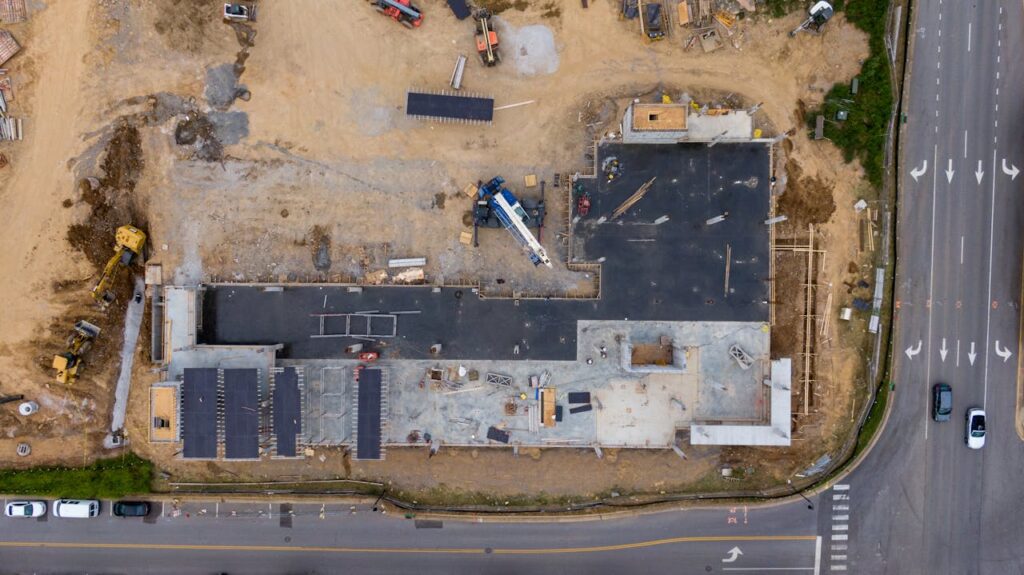
Successful Dallas warehouse projects start with early coordination between owners and contractors. We coordinate with property owners to establish clear specifications for storage heights, racking systems, loading dock configurations, and future expansion capabilities during initial planning stages. These foundational decisions shape every subsequent phase of construction and determine long-term operational efficiency.
Engaging a design-build contractor early provides access to feasibility studies, permitting expertise, and code compliance reviews that prevent costly redesigns. We handle zoning requirements, conduct site assessments, and coordinate with Dallas permitting authorities to streamline approvals. Clear alignment on schedule milestones, budget parameters, and system selections reduces change orders and keeps projects on track. Project management software provides real-time updates, progress documentation, and decision tracking that maintains transparency throughout construction phases.
Ready to start planning your Dallas warehouse project? Contact EB3 Construction for comprehensive design-build services and project coordination.

